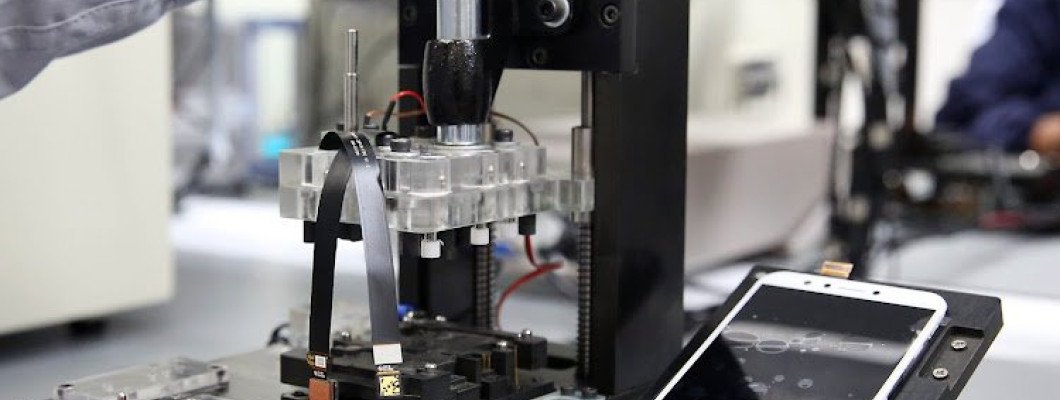
As our dependence on smartphones continues to grow, so does our need for longer battery life. Smartphones have become an essential tool in our daily lives, from communication to entertainment, and battery life has become a critical factor in the design and development of these devices. Smartphone manufacturers face significant challenges when designing devices with long-lasting batteries, and this article explores some of the technical hurdles that they must overcome.
Battery Capacity vs. Size and Weight
One of the most significant challenges that smartphone manufacturers face is finding a balance between battery capacity, size, and weight. A larger battery typically translates to longer battery life, but it also means a heavier and bulkier device. Smartphone users often prioritize slim and lightweight designs, making it challenging for manufacturers to increase battery size without sacrificing form factor. Therefore, manufacturers must find innovative ways to improve battery performance without increasing the size and weight of the device.
Power Consumption
Smartphones are power-hungry devices, and power consumption is one of the biggest challenges in designing a device with long battery life. The ever-increasing screen size, display resolution, and processing power of modern smartphones require more power, which can drain the battery quickly. Additionally, various software features and background processes can also drain the battery, reducing the overall battery life. To overcome this challenge, manufacturers must focus on optimizing power management and reducing power consumption.
Thermal Management
Another significant challenge that smartphone manufacturers face is thermal management. As smartphones use more power, they generate more heat, which can damage the battery and other internal components. Therefore, manufacturers must design devices that can dissipate heat effectively and maintain optimal operating temperatures. This is particularly challenging for slim and lightweight devices, as they have limited space for thermal management components such as heat sinks and fans.
Battery Lifespan
The lifespan of a smartphone battery is another significant challenge in designing a device with long battery life. As a battery ages, it loses capacity, reducing the overall battery life. Additionally, frequent charging and discharging cycles can also shorten the battery lifespan. To overcome this challenge, manufacturers must use high-quality batteries with longer lifespans and design devices that optimize battery usage to reduce wear and tear.
Conclusion
In conclusion, designing a smartphone with a long-lasting battery is a complex and challenging task for manufacturers. It requires finding a balance between battery capacity, size, and weight while optimizing power management, thermal management, and battery lifespan. While advancements in battery technology continue to push the boundaries of what's possible, the challenges of designing a smartphone with long battery life will continue to exist. Manufacturers must continue to innovate and improve their designs to meet the growing demand for longer battery life.








